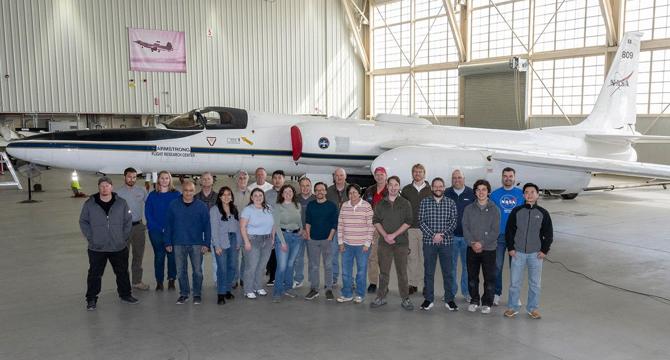Nasa
4w
0

Image Credit: Nasa
The Earth Observer Editor’s Corner: January–March 2025
- NASA’s Earth Observing fleet, including Terra and OCO-2 missions, continues to provide valuable scientific data well beyond their original mission lifetimes.
- Terra mission celebrated its 25th anniversary, collecting essential data on Earth observations for emergency response and scientific research.
- OCO-2 marked its 10th year, significantly contributing to understanding the carbon cycle and providing insights into vegetation fluorescence for detecting flash droughts.
- DSCOVR, stationed at the L1 Lagrange point, marked its 10th anniversary, benefiting from the Earth Polychromatic Camera and NIST Advanced Radiometer for observations.
- NASA's Airborne Science Program transitioned from a DC-8 aircraft to a Boeing 777 for enhanced research capabilities.
- Recent NASA field campaigns like WHyMSIE, GLOVE, and FireSense focus on advancing Earth system science through coordinated ground, aerial, and satellite observations.
- Jack Kaye received the William T. Pecora Award for his contributions to Earth science research and leadership within NASA's Science Mission Directorate.
- NASA participated in the AGU annual meeting, showcasing cutting-edge research and technology to Earth and planetary science professionals.
- In Memoriam, notable figures like Jeff Dozier, Berrien Moore, and Pierre Morel were honored for their significant contributions to Earth observation science.
- AGU 2024 served as a platform for NASA scientists to present findings and set goals for ongoing missions and programs.
Read Full Article
Like
For uninterrupted reading, download the app